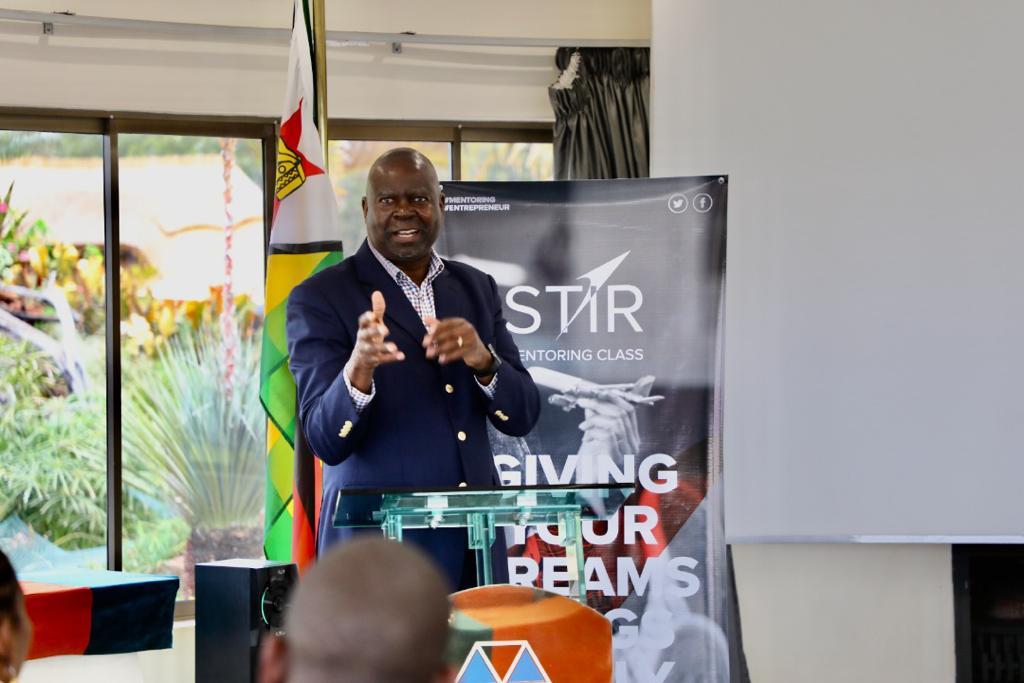
lAbout 14% for National Parks,
lAbout 12% for Campfire and Forestry
lSome 1,9% for Conservancies.
Unfortunately, though, only conservancies have been able to generate income and, thus, manage their wildlife assets as well as tourism and hunting infrastructures to maximise the use of these assets. Due to the abysmal reputation of Zimbabwe as an international tou rism destinations even conservancies have difficulties of making ends meet.
National Parks and Campfire have not fared any better. National Park’s camps and lodges are in poor condition as are roads and water supply for the animals.
- Chamisa under fire over US$120K donation
- Mavhunga puts DeMbare into Chibuku quarterfinals
- Pension funds bet on Cabora Bassa oilfields
- Councils defy govt fire tender directive
Keep Reading
Proactive game management normally includes game counts and aerial surveys. Few, if any of, such management tools have been applied in the state-owned assets for some time now. Therefore, understanding the composition of wildlife herds; initiating conservation and proactive management practises are difficult, if not impossible. Compare this to running a business without a regular stocktake of stocks and assets and no auditing of financial statements: Management and owners would run around like headless chickens and unable to make responsible decisions. That is the situation prevailing in National Parks.
As stated by one of the former director generals: “About 90% of all income in parks is derived from hunting concessions sold in National Parks. Hunting in National Parks? This must be a Zimbabwe special!
Generally, National Parks are kept for the appreciation and recreation of the local population as well as overseas guests, not for hunting safaris. Parks should therefore earn entry fees if their offer of what to see and how to enjoy is acceptable. The latter is clearly not the case; otherwise why would the tourism gate receipts amount to less than 10% of revenue?
As admitted by PWMA director general, Vitalis Chadenga, and what is now public knowledge, Zimbabwe has lost about 80% of its national wildlife in the past 12 years.
While Chadenga is in charge only since early last year, his minister Francis Nhema has held the portfolio of Environment for over 12 years. A minister who has overseen the destruction of the largest asset under his control, an asset that is a national as well as international heritage must be named a national failure. But he is still in cabinet and allowed to continue mismanaging his portfolio.
We have recently received the: Ministry of Environment And Natural Resources Management, Strategic Plan 2: 2011 – 2015
Indeed, the plan makes good reading. But the plan’s implementation is chaired by a minister and his staff who have the dubious record of destroying the assets under their control. What credibility, if any, does this plan have, therefore?
Mismanagement is not countered by making a good plan but by firing the management which failed and by appointing new and credible managers, in this case politicians, who will work on and implement an industry embracing Strategic Plan.
Unless drastic changes are forthcoming in heading and manning the Ministry of Environment, the national asset of wildlife will continue to be squandered.
Wildlife-based tourism accounts for over 10% of GDP and employment. Will this government; this Cabinet leave the fate of such a large contributor to Zimbabweans wellbeing in the hands of incompetent politicians who have proved beyond doubt that they have no interest or ability of managing their responsibility for our National asset of wildlife?
October 26, 2011
TarisaiShumba











